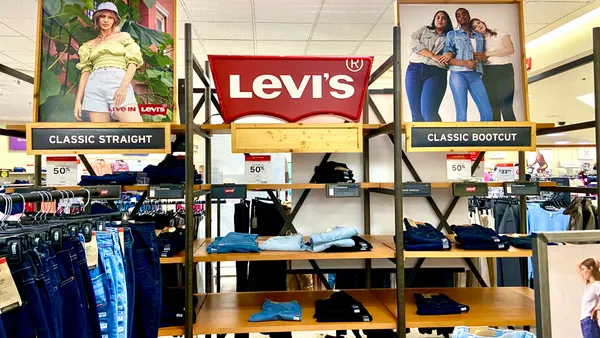Dive Brief:
- Starbucks Corporation’s carbon footprint increased by 8% in the fiscal year 2023, compared to a 2019 baseline, according to the company’s latest ESG report. Starbucks also reported a 13% increase in waste sent to landfill.
- The total energy consumed through Starbucks’ direct operations jumped to 2,695,583 megawatt hours last year, up from 2,590,598 in 2022, while scope 2 location-based emissions increased to 835,477 metric tons of carbon dioxide equivalent, up from 789,425 in 2022. However, the company’s scope 1 emissions declined by 0.6%.
- The coffee chain said it had updated its sustainability goals and is now aiming to slash its climate, water, and waste footprints by 50% by 2030, compared to a 2019 baseline. The company also set specific targets for packaging, including a goal of making customer-facing packaging 100% reusable, recyclable or compostable by the end of the decade.
Dive Insight:
In addition to halving its scope 1, 2 and 3 emissions across its direct operations and value chain by 2030, the company also aims to reduce its carbon footprint and conserve water by implementing sustainability measures on coffee farms. Starbucks said it would provide farmers with “precision agronomy tools” — which focus on soil management and crop production — and also promote and distribute climate-resistant varieties of coffee trees. These strategies will help the Seattle-based chain reduce its greenhouse gas emissions, while also protecting and restoring at-risk forests in key coffee landscapes, according to the company.
Starbucks also set a goal for 50% of its water withdrawals to be replenished across its direct operations, stores, packaging and agricultural supply chain by 2030 and said it would prioritize action in high-risk water basins while supporting water equity, watershed health and ecosystem resilience. The company reported a 9% decrease in total withdrawal, compared to its 2019 baseline.
On the recycling front, the company noted it had conducted reusable cup tests in more than 25 markets around the world and has planned to carry out more in the year ahead. As part of its updated 2030 strategy, Starbucks also said it will look to source customer-facing packaging from 50% recycled materials and using 50% less virgin fossil fuel-derived sources.
Starbucks noted in the report it had updated the methodologies used to develop its environmental inventories in the past year. These updates include improved data quality and availability, and amendments to factors that contribute to its emissions and water footprint.
The initiatives build on Starbucks’ goal to transition into a net-zero business by 2050 and follows the launch of its oversight committee in November, which aims to assist its board of directors with regulations and standards compliance and hold the company accountable on its commitments to the environment, partners and community impact. According to Starbucks, the Environmental, Partner and Community Impact board committee will also have oversight of internal and external reporting tools and assessments, including its annual ESG report.











